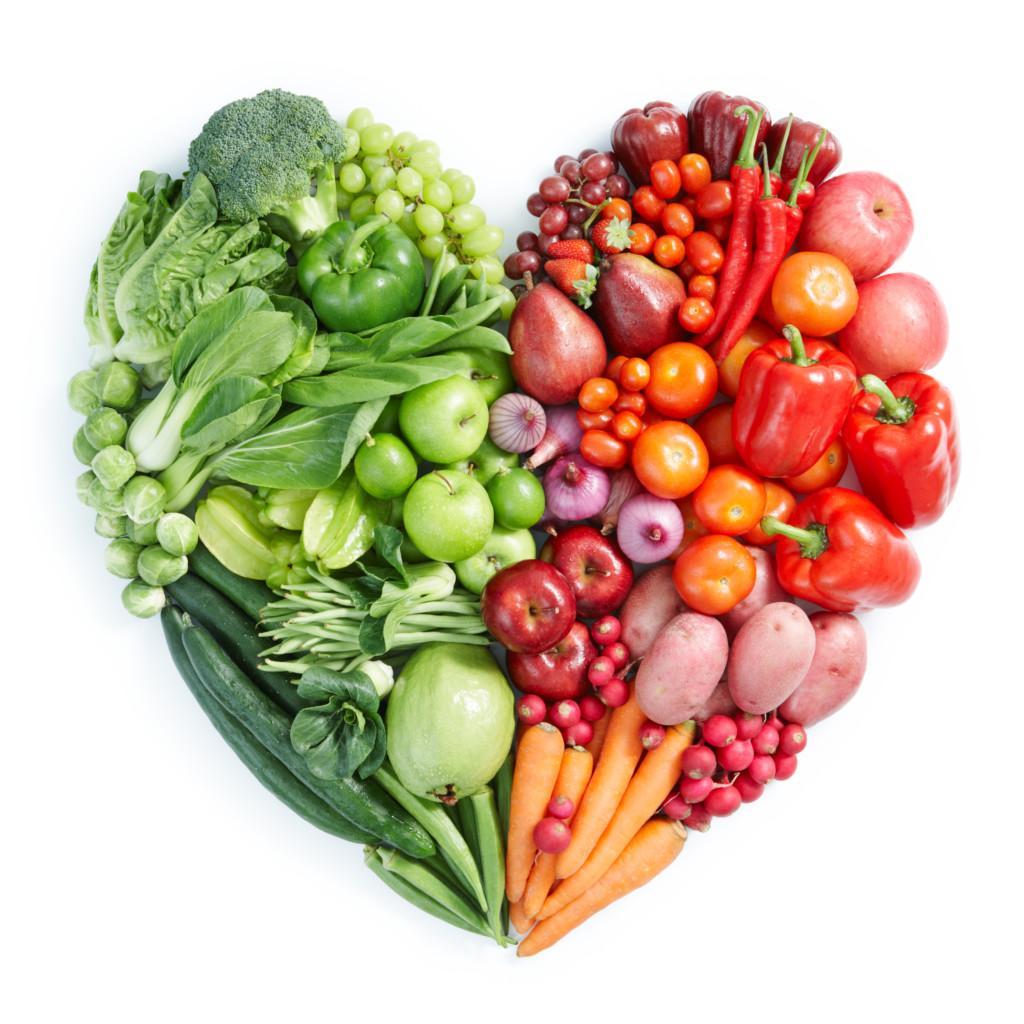According to the National FinDiet 2017 Survey more and more working adults bring in their own lunch box to work instead of going to a restaurant to enjoy their lunch. The big challenge in the lunch box routine, however, is to get enough energy and a nutritionally versatile meal into the box. At the nutritionist’s reception, this phenomenon is often encountered. The lunch box may contain only a few slices of bread or yogurt and some canned fruit. This does not sound like enough.
Your daily lunch requires thorough planning
When the Covid pandemic started I also started to bring in my own lunch box more and more. I quickly noticed that getting the lunch box content to be sufficient in amount and nutritional value was challenging and required planning. First, I tried bringing in leftovers from the day before, but often there wasn’t enough left as my teenager needed more food. There was also an “I’ll just pack a few slices of bread” -phase. That didn’t turn out very well.
At times, it felt like I was so busy I couldn’t take a lunch break. I had to stop and think about how one can eat well even at busy times and wrote another article on that topic.
There was also a “I’ll just pack a few slices of bread” -phase. That didn’t turn out very well.
3 rules of thumb when building your nutritional lunch box
When packing your lunch box, keep these three things in mind:
- Start with the veggies. They construct the base of your lunch. Include a salad, some cherry tomatoes, or fruit for dessert, or add veggies to the main meal. Add a splash of oil or an oil-based dressing to your salad.
- Next, you need fuel from carbs. Good sources are full-grain pasta and rice, or potatoes. If you’re bringing a salad, add a few slices of whole grain bread to your meal. Choosing carbs that are rich in fiber makes your blood sugar rise more evenly.
- The third part is protein. Protein makes you feel full for a longer time. It’s good to include some meat, fish, chicken, or a vegetarian source of protein. Eggs are also a good source of protein and suit well in a salad for example. Make sure the amount of protein is adequate, about the size of your palm.
Changes don’t happen overnight. I recommend following your lunch box meal so that you can detect changes and progress. To follow your progress, you can download the easy-to-use photo food journal app See How You Eat. This straightforward method of food journaling supports you in finding balance in your eating habits and lets you see your day’s meals on one screen. If you are looking for some more support on how to build your balanced lunch, familiarize yourself with the app See How You Eat Coach. Both apps have a free trial that lets you get the feel for photo food journaling. Watch this short video to learn more about See How You Eat Coach.
What do you eat for lunch?
What does the content in your lunch box look like? Share your picture on Instagram and tag us @seehowyoueatapp so we can share your tips with others!
Bon appétit!
Marika
You can find the See How You Eat apps in App Store and Google Play store.
Finally, food journaling that feels right



